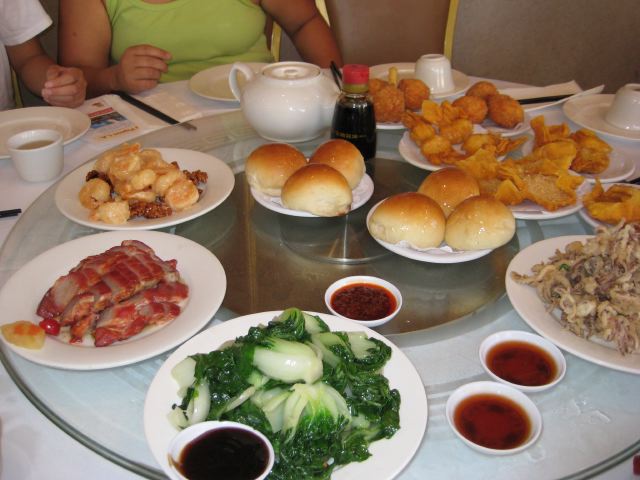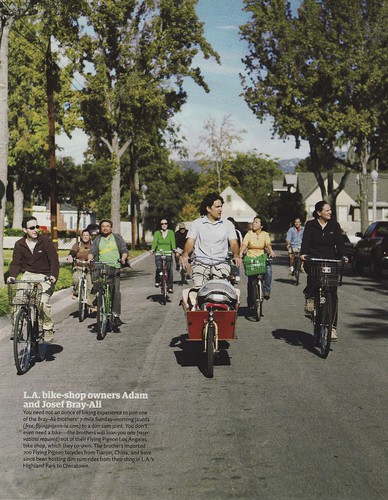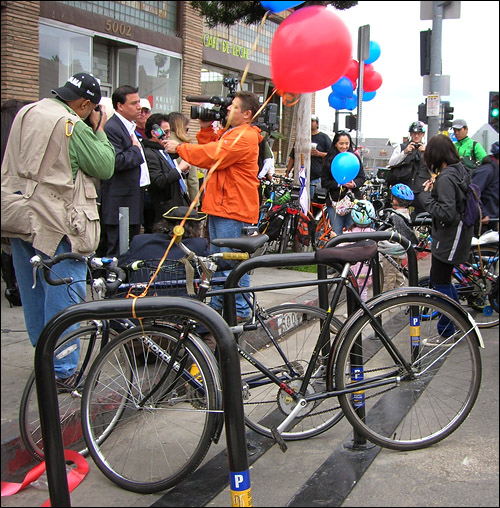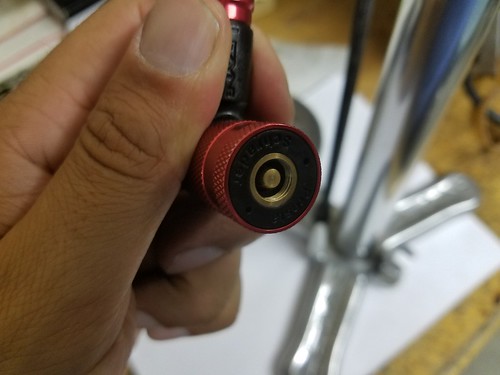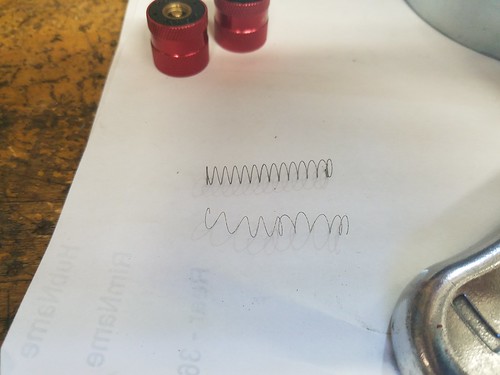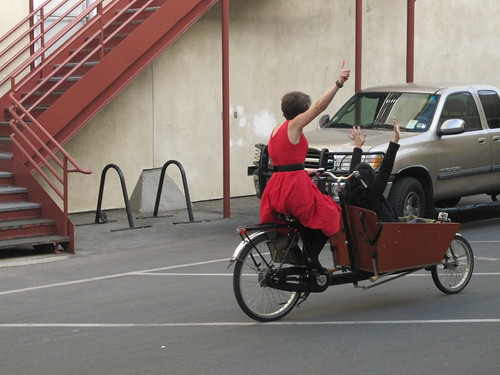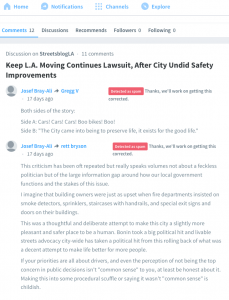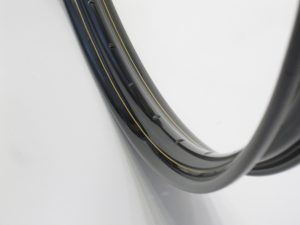
The V38 “Westwood” profile rim everyone always asks about- alloy in black w. a gold pinstripe. This is also available in raw aluminum and black.
Oddball Rims Available at British Bicycle Company
The Flying Pigeon LA bike shop closed down in late 2016 and for the past couple of years I have been dragging boxes of oddball bicycle rims around – from storage to their final resting place in my garage. I finally had enough and worked a deal with the fine people at British Bicycle Company out of Phoenix Arizona to ship them all my remaining rims – where they are available for sale to the general public.
The rim sizes and finishes are as follows:
| Rim Model | Common Name Size | ETRTO Size | Color and Finish | Material | # Holes/Spoke Gauge |
| V38 Westwood | 28×1-1/2 | 25-635 | Silver | Alloy | 36-hole/14 ga. |
| V38 Westwood | 28×1-1/2 | 25-635 | Black | Alloy | 36-hole/14 ga. |
| V38 Westwood | 28×1-1/2 | 25-635 | Black w. Gold Stripe | Alloy | 36-hole/14 ga. |
| V38 Westwood | 700c | 25-622 | Black | Alloy | 36-hole/14 ga. |
| V38 Westwood | 26×1-3/8 | 25-590 | Black | Alloy | 36-hole/14 ga. |
| V38 Westwood | 26×1-3/8 | 25-590 | Black w. Gold Stripe | Alloy | 36-hole/14 ga. |
| ST32 | 28×1-1/2 | 22-635 | Silver Chrome | Steel | 36-hole/14 ga. |
| ST32 | 700c | 22-622 | Silver Chrome | Steel | 36-hole/14 ga. |
| RM21 | 28×1-1/2 | 21-635 | Black | Alloy | 36-hole/14 ga. |
| RM19 | 26×1-3/8 | 19-590 | Silver Polished | Alloy | 36-hole/14 ga. |
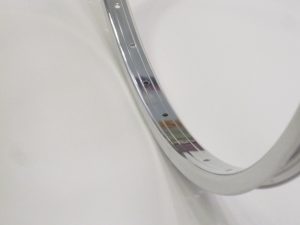
The RM19 and RM21 have the same profile – the 19 is made for Pashley’s 26×1-3/8″ bicycles in shiny high polish and the 21 is made for the bigger 28×1-1/2″ Roadsters in black.
I had to liquidate my inventory to cover all kinds of business expenses when I was closing the shop down. I took huge losses on everything. Other bike shop owners, and parts distributors laughed out loud when I asked them if they would be interested in these particular rims, even when offered for free if they would cover the freight.
Back Story
These rims were made by Ryde (a company that is also known as Rigida, Weinmann, and Van Schothorst) in the Netherlands.
After years of working on old, classic, and even some antique bicycles – I recognized a strange gap in the bicycle rim marketplace here in the United States.
It is relatively easy to find or fabricate parts for many of these old machines, but rims were an impossibility, and upgrading bicycle drive trains with modern internally geared hubs was beyond impossible. Manufacturers of old roadsters and imported city bikes used obsolete or uncommon (in the U.S.) spoke counts and spoke diameters. Here in the U.S., we have a big selection of bicycle hubs that can work with old-fashioned bicycles, so long as you have rims that are drilled for 36-hole hubs and 14 gauge spokes.
So, that is what I ordered: old-fashioned rim sizes drilled to fit 36-hole hubs and 14 gauge spokes. They all arrived just in time for me to make the decision to shut my shop down and run for public office (a personal and financial disaster worthy of at least its own blog post).
Not a small amount of psychic pain resulted. I actually took some of them to a metal scrapper and got paid a few bucks for bicycle parts I knew belonged on an old roadster or a refurbished Dutch bike. On the drive back home, I gave up.
“This is what it feels like when a nice idea dies an expensive death.”, I thought. It has been one long, dumpster-bound, slide for all my nice ideas from the previous decade, so what difference is another one finally going down with a sad metallic crunch?
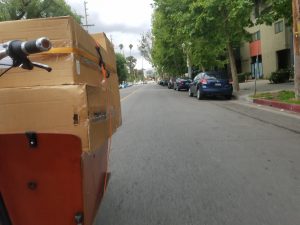
I used ratchet straps to tie down rim boxes in my bakfiets and made multiple trips to Fedex to get them all shipped to British Bicycles.
Then a message popped up in my inbox, and British Bicycles was interested. It was over the course of about a week and a half that I strapped rim boxes to the front of my bike and rode to the nearest Fedex shipping center. They finally arrived a few days ago in Phoenix – awaiting a project bike, restoration, or repair on an “obsolete” bicycle somewhere out there in the U.S.
Get in touch with British Bicycle Company in Phoenix, Arizona about these oddball rims that offer old bikes another chance at glory (I stole that line from Coco’s Variety store owner Peter V.)
